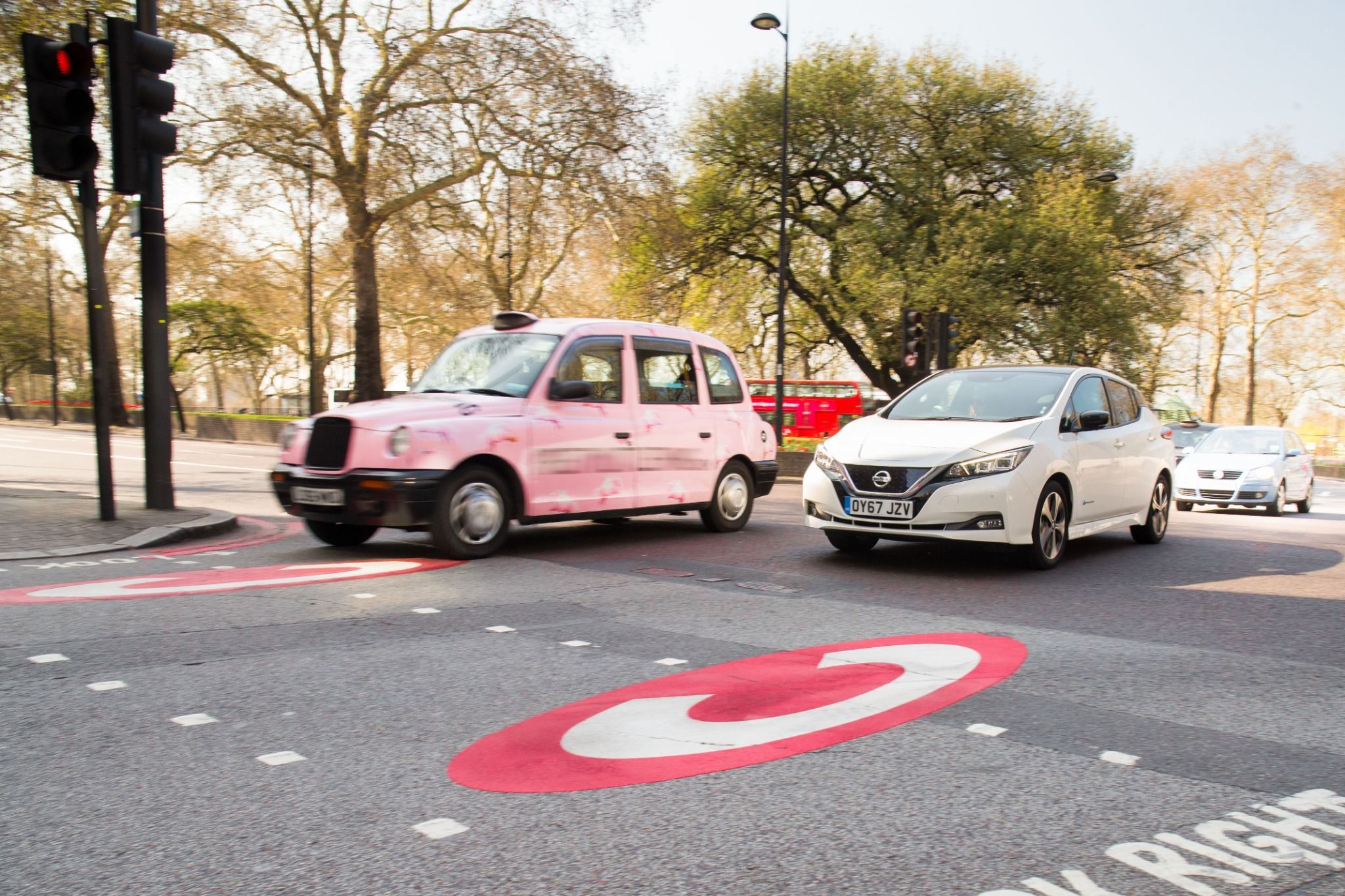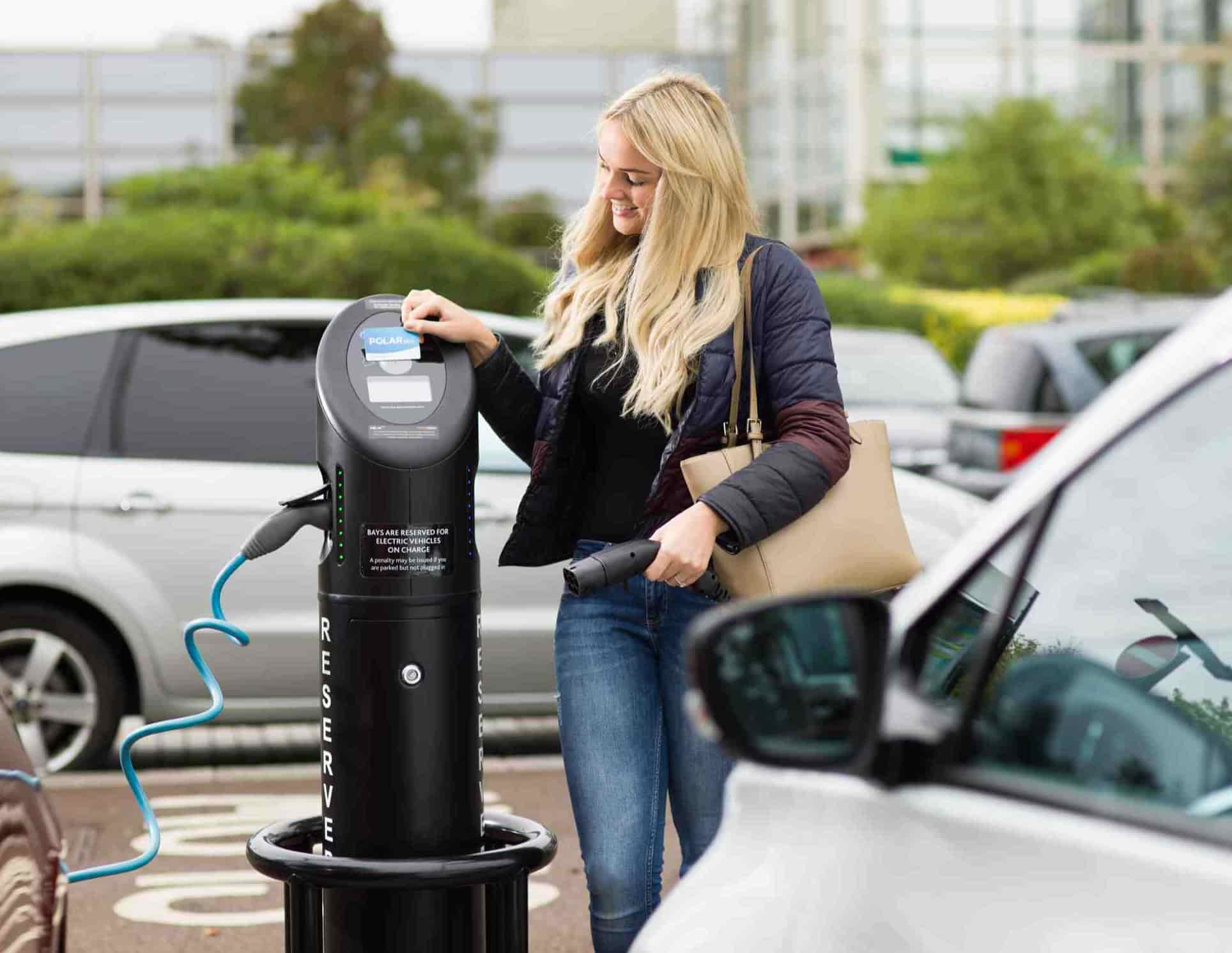
Driving in a Clean Air Zone – Good for the Environment and Your Health
By Motor Match • 01/07/2025
Let's explore the benefits of driving in a Clean Air Zone, the latest developments in CAZs, and some tips on how to prepare for driving in a Clean Air Zone.
As cities around the world battle rising air pollution levels, many have implemented Clean Air Zones or CAZs. These zones are areas where vehicles that do not meet emission standards are not allowed to enter, and vehicles that do meet the standards are encouraged through incentives. If you’re planning to drive in a CAZ, you can be confident that you’re contributing to cleaner air and better health.
In this blog post, we’ll explore the benefits of driving in a Clean Air Zone, the latest developments in CAZs, and some tips on how to prepare for driving in these zones.

Benefits of Driving in a Clean Air Zone
One of the most significant benefits of driving in a Clean Air Zone is that it helps to protect the health of people who live in the area. Air pollution is harmful to respiratory health and can lead to asthma, lung cancer, heart disease, and even strokes. When people are exposed to cleaner air, they can breathe easier, reduce their risk of heart and lung disease, and enjoy better overall health. Driving in a Clean Air Zone can also reduce the amount of greenhouse gases in the environment, helping to slow global warming.
Latest Developments in Clean Air Zones
As of 2023, there are currently 7 active UK Clean Air Zones or with many more in the process of doing so. In the UK, for example, all major cities are mandated to implement CAZs by 2025. London’s Ultra Low Emission Zone (ULEZ), is already in place, and other cities including Birmingham and Bristol will follow soon. Outside the UK, cities such as Madrid, Paris, and Amsterdam have also introduced CAZs.
Tips for Driving in a Clean Air Zone
If you’re planning to drive in a Clean Air Zone, there are several things you can do to prepare. First, check if your vehicle meets the emission standards for the specific zone you’ll be driving in. Second, consider alternative modes of transportation such as cycling, walking, or public transport. Third, plan your route ahead of time, using GPS technology and traffic updates to avoid congestion and delays. Finally, make sure to comply with the regulations of the Clean Air Zone by paying any applicable fees or charges.
Responding to Criticisms of Clean Air Zones
Despite the many benefits of Clean Air Zones, there have been criticisms. Some people argue that CAZs unfairly penalize drivers who cannot afford to purchase newer, low-emission vehicles. Others argue that CAZs are not effective at reducing air pollution levels. However, research has shown that the introduction of Clean Air Zones has led to significant reductions in air pollution levels. And, many governments have adopted incentives to help people upgrade to newer, low-emission vehicles, such as grants and interest-free loans.

Driving in a Clean Air Zone is a win-win situation; it’s good for your health and good for the environment. Clean Air Zones are becoming more and more common, and it’s essential to understand the benefits of these zones and how to prepare for driving in them. So next time you’re planning a journey, try to use alternative transport where possible. And, if you do need to drive, make sure that your vehicle meets the Clean Air Zone emissions standards and know the regulations that are in place. By doing this, you can help improve air quality and protect the health of people living in Clean Air Zones.
Want to know what the Green NCAP is? Find out everything that you need to know on our blog.
You may also like…